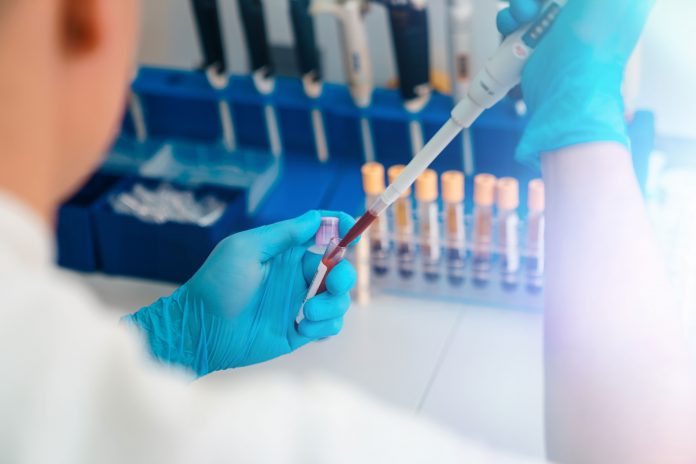
About 5,000 years ago, Egyptians recognized cancer, but lacked effective treatments. So for centuries and centuries, scientists and clinicians have searched for improved cancer care and ways to evaluate the results. But detecting the disease at low levels remains challenging.
Oncologists seek noninvasive but sensitive and accurate methods of detecting a cancer. Instead of analyzing a biopsy, clinicians would rather work with a blood sample. Nonetheless, using such a complex liquid creates an analytical challenge, but it’s worth the effort.
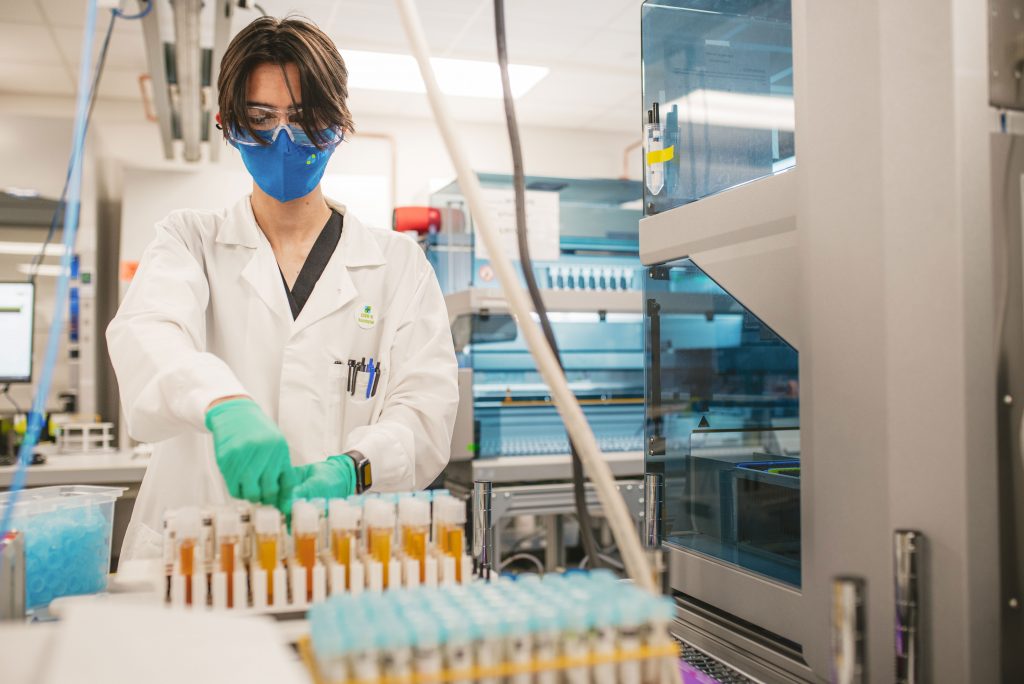
[Natera]
Blood-based cancer testing can also be used across the lifecycle of cancer. “One key benefit is to detect persistence or recurrence of cancer at the molecular level when current standards—modalities like imaging scans—are unable to detect it,” said Angel Rodriguez, M.D., medical director of oncology at California-based Natera.
As these tests mature, they will one day be used to improve the health of people before and after a cancer diagnosis. The search for these tests started long ago (See “The Search for CTCs.”).
Searching for small signals
Blood tests for cancer are not new, but there are new ways to do it. Instead of looking for proteins—such as prostate-specific antigen (PSA) or cancer antigen 125 (CA-125)—scientists seek ways to analyze cancer-related DNA in a patient’s blood sample.
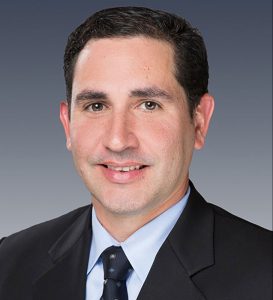
“This is achieved by exploiting the fact that cancer cells dump molecules of DNA into the blood—circulating tumor DNA—like a criminal may leave behind a fingerprint or traces of DNA via blood, cells, or hair in a crime scene,” Rodriguez explained.
A blood sample, though, contains very little cancer-related DNA. “We’re trying to detect tiny, tiny amounts of cancer DNA in the blood,” said Clive Morris, CEO of Inivata. So, any blood-based assay for cancer must be extremely sensitive. “We’re now starting to talk about detecting levels of DNA in parts per million, say 10 parts per million,” Morris said. “So, that’s the equivalent of one piece of aberrant DNA among 100,000 normal bits of DNA—all washing around among blood cells, immune cells, and so on.”
It takes more than sensitivity to make a useful blood-based diagnostic. “The flipside of sensitivity is specificity,” Morris explained. “People don’t often realize it, but it’s actually very easy to have a test with perfect sensitivity, because you just say everything’s positive, which guarantees that you’ll detect every problem.” Nonetheless, that approach calls every negative a positive, which leads to lots of false positives. “So, the balance is really critical,” Morris said. A useful test is sensitive and specific.
Reaching that balance depends on many aspects of science and technology. “Over the past decade, next generation sequencing, extraction methodologies, and high-powered bioinformatic tools have enabled significant advances in sensitivity—finding more circulating tumor DNA in a tube of blood,” Getty explained.
Applying the information
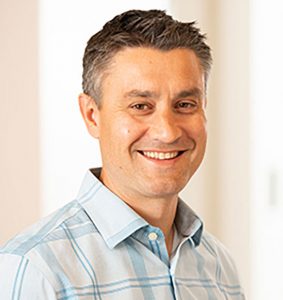
The information from a blood test could be used in many ways. One of them is tracking the impact of a treatment. “Once treatment is started, blood-based tests can monitor circulating tumor DNA levels to help oncologists understand whether a patient is responding to treatment, or not, and provide oncologists with the insights that allow for customized treatment options for their patients in real time,” Getty said.
These tests can also be used with surgical approaches. “Detecting residual disease in the blood after curative intent surgery allows for a more tailored approach for the management of patients with cancer before and after surgery,” Rodriguez says. For instance, such a test might be used to avoid chemotherapy in patients with no signs of circulating tumor DNA after surgery.
To see if a surgery removed all of a patient’s cancer, a blood-based diagnostic must be exquisitely sensitive. Past technologies sequenced about 300 to 400 human genes and could identify zero to three molecular alterations on average per patient, Rodriguez explained. “Due to the low concentrations of these molecules in the blood, this approach failed to identify many patients with molecular residual disease—for example, when the concentration was only one tumor molecule in 100 milliliters of blood and only 10 milliliters of blood were being analyzed.”
Rodriguez and his colleagues looked for a way to personalize the approach. Using whole-exome sequencing, the scientists analyze a patient’s birth genome and that of the tumor. “One can identify 50 to 200 molecular alterations that are specific to that patient’s tumor, thus allowing for a more personalized assay that is unique for that patient,” Rodriguez noted. Then, “tracking 16 patient and tumor-specific mutations allows for ultra-sensitivity—detecting one cancer-related molecular equivalent in a background of tens of thousands of normal molecules.”
After surgery for ovarian cancer, oncologists traditionally rely on CA-125 levels as indicators of recurrence. Using digital droplet PCR (ddPCR) to analyze circulating tumor DNA, scientists in Japan showed that this method could reveal recurrence weeks sooner than CA-125.1
A faster way to find recurrence in ovarian cancer goes beyond the obvious potential of tracking the disease. Many people who suffer from this disease also face the fear of recurrence, and some areas lack the personnel and expertise to help patients deal with that fear. In fact, a team of scientists in Canada pointed out that “oncology nurses are instrumental to help [ovarian cancer] survivors living within small urban and rural settings explore their sources of support for coping with [fear of cancer recurrence].”2 Follow-up analysis with ddPCR could ease the minds of some patients.
The circulating tumor DNA (ctDNA) is not just useful in tracking recurrence after surgery. For instance, hematologist Yoichi Imai, M.D., Ph.D., of the University of Tokyo led a team of scientists looking at ctDNA in the blood of patients who had been treated for multiple myeloma. The scientists reported: “We identified several driver mutations by combined analysis of next-generation sequencing and existing databases of candidate oncogenes. Furthermore, relapse was detected more sensitively by monitoring the circulating cfDNA with these driver mutations than by conventional serum free-light chain examination.”3
Sampling circulating tumor cells
Instead of the DNA from tumors, cells of the tumor can also be found in the blood of a person with cancer. These cells might be used to monitor recurrence of cancer in various ways. For example, a team of scientists in Italy tested a liquid biopsy of circulating tumor cells (CTCs) after surgery for hepatocellular carcinoma (HCC). They reported that “liquid biopsy could be implemented in the pre- and post-operative routine of HCC patients in order to gain more accurate information on tumour type and stage, and guarantee the most personalised therapy possible for the patients.”4
These cells could even be used to battle some of the deadliest cancers, such as glioblastoma, which is a cancer of the central nervous system. At the Queensland University of Technology in Australia, clinical chemist Chamindie Punyadeera, Ph.D., and her colleagues used a form of microfluidics technology to isolate CTCs from glioblastoma that cross the blood-brain barrier. This research team found that a patient with no detectable CTCs after surgery “had a significantly longer recurrence-free survival.”5
Just finding CTCs, though, might not be enough. Assessing the danger of recurrence could require a closer look at the cells. For instance, oncologist Huiping Liu, M.D., Ph.D., of the Northwestern University Feinberg School of Medicine and her colleagues showed that clusters of these cells cause the most concern—including the likelihood of recurrence—in breast cancer. These scientists wrote: “Circulating tumor cell (CTC) clusters are up to 100 times more metastatic than single CTCs in breast cancer, regardless of subtype or prior treatment.”6
To get the most out of information on these cells, scientists might need more advanced data analysis methods. As an example, researchers from the University of Pennsylvania and Microsoft Research showed that machine learning can be applied to levels of CTCs in patients with non-small cell lung cancer to learn more about the likelihood of recurrence.7 Perhaps surprisingly, these scientists applied machine-learning algorithms to the levels of CTCs before treatment and tumor size to predict which patients are the most likely to experience recurrence after treatment. That information can be used to give some patients more intense treatment than others, in hopes of reducing the odds of recurrence even among the patients at the highest risk.
Building in explanations
In analytical testing, advances in equipment often attract the most attention, but more must be considered to move a method from the lab to the market. “It’s not just the technical challenge, but how do you then develop it into something actually useful for clinicians?” Morris asked. “All that complex science that goes into a test has to be made very, very simple.”
The results of sequencing get complicated, and the meaning of the data changes as scientists learn more about the genetics of cancer. That generates a moving target for oncologists. “We have to take a very, very complicated result and make it very simple,” Morris emphasized. Plus, the entire process must be validated. “That depends on clinical-utility data that actually enables a clinician or a patient to be able to know what the result means,” he added. “Does it mean I have cancer or that I don’t have cancer?”
Here, Morris shows how a company must develop the technology that runs an effective blood-based test for cancer and then work just as hard on making the results as easy to interpret as possible. Plus, even more must be done. Morris summarized the process this way: “There are the technical aspects and results of applying the technology to clinical practice and developing the evidence, but of course then there are approvals, reimbursements, and everything else.”
Enhancing early detection
Of all of the goals in cancer research, few have received as much attention as this: detecting cancer as soon as possible. When it comes to blood-based tests, that goal creates a difficult challenge. “When Guardant Health was founded in 2012, the focus began with late-stage cancer—stage III and IV—where the DNA that’s shed from a tumor into the blood is easier to detect,” Getty said. “As we amass more data, we are fueling insights that enhance our ability to see cancer signals in the blood from patients with early-stage cancer—stage I and II—and detect the earliest signs of cancer with high sensitivity and specificity.”
Even as treatments for cancer get increasingly complex and effective, oncologists still emphasize the benefits of early detection. As cancer matures, it gets more complex, and the increasing heterogeneity makes it harder to treat. It can learn to evade the immune system or even coopt the immune system to help the cancer grow. It can also develop resistance to some treatments. All along, the cancer gets bigger, probably spreading to more areas of the body.
“When cancer is diagnosed early, nearly 90% of cancer patients will live five years or longer,” according to a GRAIL spokesperson. “By contrast, when diagnosed late after the cancer has spread, that drops to only 20% of patients living five years or longer.”
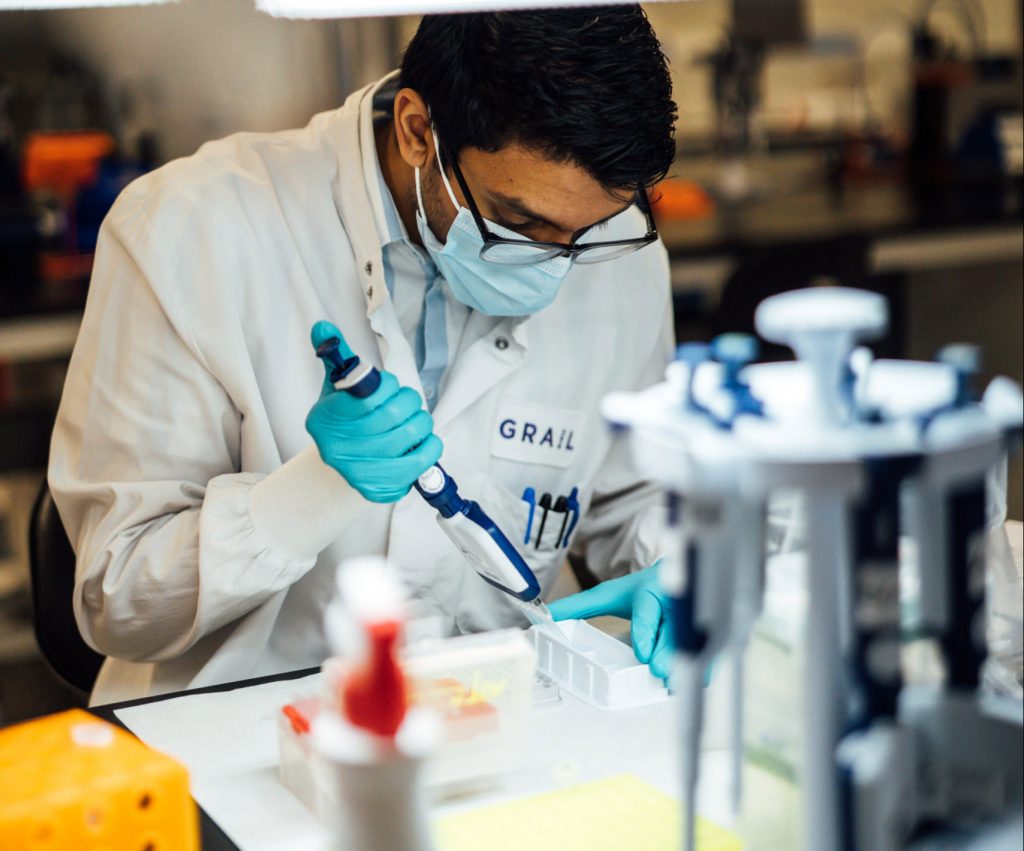
GRAIL and Guardant are developing blood-based multi-cancer tests that can even indicate the source of the cancer. As an example, the GRAIL spokesperson pointed out that clinical research indicates its Galleri test can “detect more than 50 cancers—over 45 of which have no recommended screening—including at early stages, with a very low false positive rate of less than 1%, and high accuracy in determining where in the body the cancer signal is located.”
Guardant is currently developing a multi-cancer test for cancers where early intervention has proven to reduce mortality. “The initial intended use for Guardant’s cancer screening test will be for patients of average risk for colon cancer,” Getty said. “This use case is being explored in the ECLIPSE trial, a large registrational study intended to support FDA approval. Expansion beyond colon cancer will happen in the coming years.”
Various methods could be used in the early detection of many cancers. At the Stanford University School of Medicine, mathematical and computational biologist Johannes Reiter, Ph.D., develops computational techniques to find cancer sooner. In one study, Reiter and his colleagues “developed a mathematical model of tumor evolution and [circulating tumor DNA] shedding to predict the size at which tumors become detectable.”8 With annual blood screenings, the scientists reported their model can detect lung cancer tumors that are 2.0–2.3 centimeters across, which improves on other methods by about 40%. This model can also be applied to estimating the recurrence of lung cancer. “For informed monthly cancer relapse testing, the model predicts a median detection size of 0.83 cm and suggests that treatment failure can be detected 140 days earlier than with imaging-based approaches,” Reiter’s team noted. “This mechanistic framework can help accelerate clinical trials by precomputing the most promising cancer early detection strategies.”
Oncologists and patients hope for tests that reveal cancer sooner. That could remain an ongoing goal. Even once testing can reveal the very first cell that will start a tumor, scientists will then look for the causes that made the cell malignant. Nonetheless, better tests lie just ahead. “In healthy and asymptomatic adults, blood tests are now in development to detect the smallest amounts of circulating tumor DNA, which can signal that a person may have the very earliest signs of cancer,” Getty said. “By being able to see the earliest presence of cancer from a blood draw, a person can receive the right intervention early enough, when a cure is most likely.”
References
1. Minato, T., Ito, S., Li, B., et al. Liquid biopsy with droplet digital PCR targeted to specific mutations in plasma cell-free tumor DNA can detect ovarian cancer recurrence earlier than CA125. Gynecologic Oncology Reports. 38(2021): 100847 (2021).
2. Galica, J., Giroux, J., Francis, J-A., et al. Coping with fear of cancer recurrence among ovarian cancer survivors living in small urban and rural settings: A qualitative descriptive study. European Journal of Oncology Nursing. 44: 101705 (2020).
3. Yasui, H., Kobayashi, M., Sato, K., et al. Circulating cell-free DNA in the peripheral blood plasma of patients is an informative biomarker for multiple myeloma relapse. International Journal of Clinical Oncology. 26: 2142–2150 (2021).
4. Carissimi, F., Barbaglia, M.N., Salmi. L., et al. Finding the seed of recurrence: Hepatocellular carcinoma circulating tumor cells and their potential to drive the surgical treatment. World J. Gastrointest. Surg. 13(9): 967–978 (2021).
5. Bark, J.M., Kulasinghe, A., Hartel, G., et al. Isolation of circulating tumour cells in patients with glioblastoma using spiral microfluidic technology – a pilot study. Front. Oncol. 11:681130 (2021).
6. Schuster, E., Taftaf, R., Reduzzi, C., et al. Better together: circulating tumor cell clustering in metastatic cancer. Trends in Cancer. 7(11):P1020–1032 (2021).
7. Zhang, Z., Lee, S.H., Caruana, R., et al. Circulating tumor cell assay enables prediction of recurrence following stereotactic body radiotherapy for early-stage non-small cell lung cancer: an interpretable machine learning study. International J. Radiation Oncology, Biology, Physics. 111(3), supplement, e123. (2021).
8. Avanzini, S.A., Kurtz, D.M., Chabon, J.J., et al. A mathematical model of ctDNA shedding predicts tumor detection size. Science Advances. 6(50): eabc4308 (2020).
The Search for CTCs
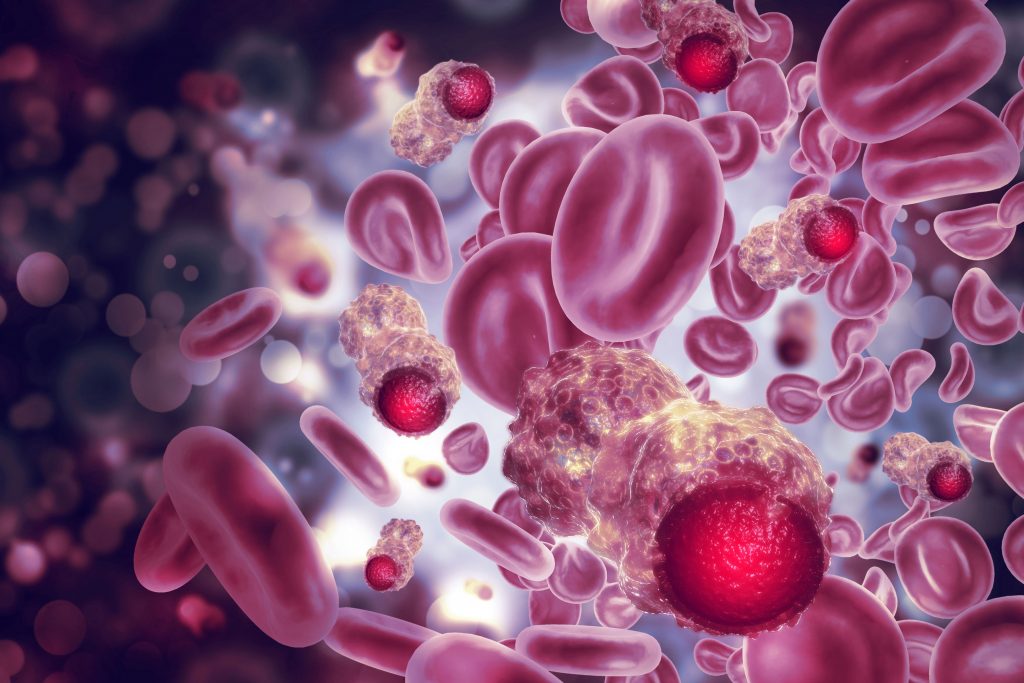
In 1869, at a hospital in Melbourne, Australia, physician Thomas Ashworth used a microscope to examine a blood sample from a patient who had died from a series of tumors. In those samples, Ashworth saw cells that looked, to him, just like cells from the tumors. He concluded that these circulating tumor cells (CTCs) might explain how a person ends up with multiple tumors.
As intriguing as that idea seemed, it languished for the next 100 years. To make real use of these cells, scientists needed more sensitive methods, because CTCs are so very rare—maybe just one CTC among millions of red and white blood cells. Scientists learned to label and isolate CTCs for analysis. As Xiaoyuan Chen, PhD, of the U.S. National Institutes of Health and his colleagues wrote: “In general, CTC detection may include 4 steps: 1) capture; 2) enrichment; 3) detection; 4) release.”9 This can involve antibody-antigen binding, flow cytometry, fluorescence detection, surface-enhanced Raman scattering, sequencing, and more.
As Chen’s team noted, however: “Although CTCs have become a hot pursuit and many new CTC detection technologies have been reported, translation of these technologies from laboratory to clinical practice is non-trivial.”











